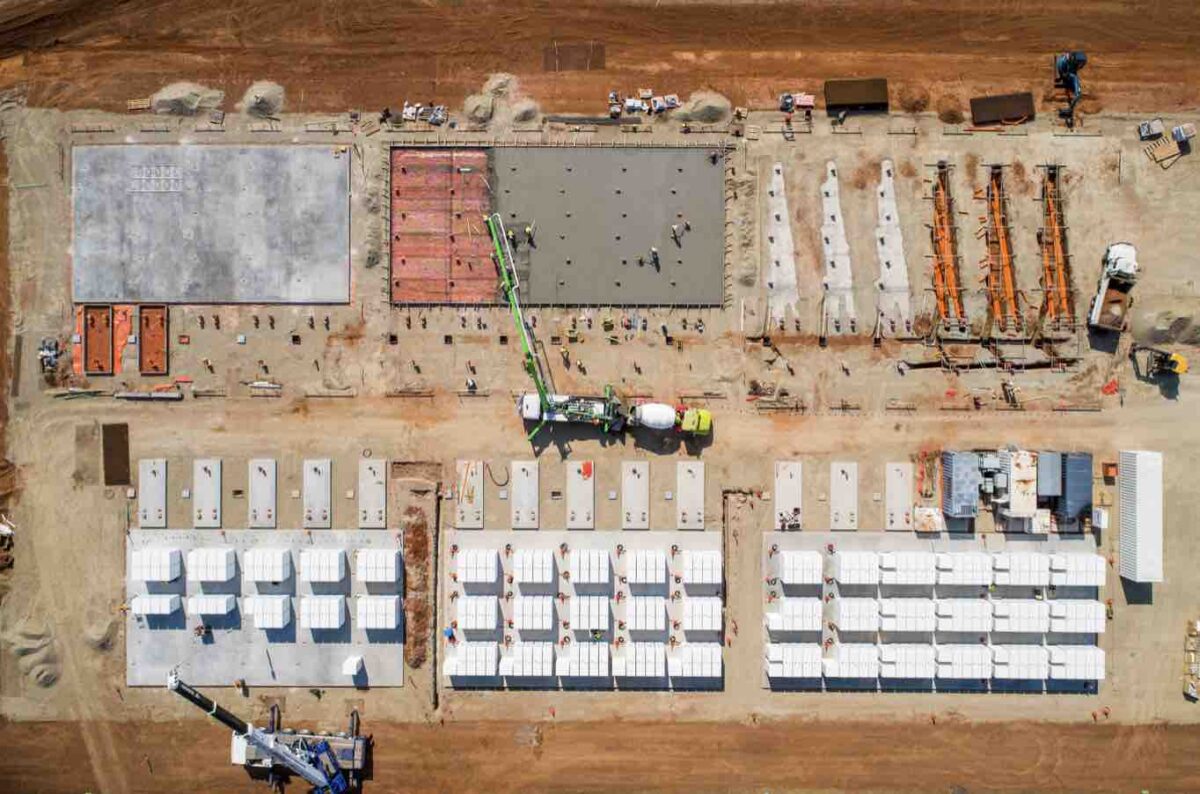The landmark four-hour battery to be built in the coal town of Collie in Western Australia is likely to be one of the most profitable assets in the burgeoning portfolio of French renewable energy developer Neoen, pushing its annual profits to more than €700 million ($A1.1 billion) when it comes on line in 2025.
The Collie battery, announced in late June, is the first four-hour battery to be built by Neoen and will be its biggest to date, sized at 219MW and 877MWh. It has planning approval to expand the project more than four fold to 1GW and 4GWh.
The battery’s main initial role will be to help the market operator squash the so-called “solar duck” caused by the massive uptake of rooftop solar in the Western Australian grid. It will be paid to charge between the hours of 10am and 2pm and then discharge into the evening peak.
For this role, the Collie battery will be handsomely rewarded. When first announced in June, it prompted Neoen to lift its earnings forecast for 2025 by €100 million, or $A160 million, although the exact details of the two year contract have not been released.
The forecast profit of more than €700 million in fiscal 2025 for the group as a whole compares to expected profits of between €460 and €490 million in 2023.
“This is only the stage one of a much bigger battery project,” CEO Xavier Barbaro said in a conference call from Paris overnight at the release of the interim results.
Neoen already operates the Hornsdale, Bulgana and the Victoria big batteries, and – apart from Collie – is building the Canberra big battery in the ACT, the Western Downs battery in Queensland, and the Blyth big battery in Western Australia.
See RenewEconomy’s Big Battery Storage Map of Australia
Barbaro said that batteries usually deliver higher returns than wind and solar farms, and with the Collie and Western Downs batteries, the target IRR (internal rate of return) was at the higher end of its range of 8.5 per cent, plus or minus 1.5 per cent.
“We are we are aiming at the the upper half of that range, getting as close as possible to 10%,” Barbaro said. “Let’s see how it will go over time but yes, batteries are meant to deliver higher IRR than classic wind and solar projects.”
Both the Hornsdale and the Victoria Big Battery projects benefit from contracts with the Australian Energy Market Operator for grid security services, but the volatility was highlighted in the latest half with a fall in earnings after the bumper profits earned in the volatile markets of a year earlier.
Storage earnings, expressed as adjusted EBITDA (earnings before interest, tax, depreciation and amortisation) were €23.6 million in the first half, 16 per cent below its 2022 level for the same period.
“This decrease chiefly reflected a revenue contraction from the Victorian Big Battery and, to a lesser extent, the Hornsdale Power Reserve,” the company said.
“Both facilities had capitalized on the highly favorable market conditions prevailing in Australia in the second quarter of 2022.”
The earnings for its wind division rose 43 per cent to €105.3 million, mostly as a result of early generation revenue from the Mutkalampi wind farm in Finland and the 157MW Kaban facility in Queensland.
Barbaro said wind component costs showed signs of coming down during the half, but noted also that PPA prices remained high.
Earnings from solar rose 29 per cent to €114.8 million, thanks to the start of production from the 400MW (ac) Western Downs power plant in Australia, and liquidated damages secured from contractors as a result of delays to the completion of western Downs and smaller projects in France and Ireland.
See also: Neoen pockets significant damages for delays to Australia’s biggest solar project
And See RenewEconomy’s Big Battery Storage Map of Australia










